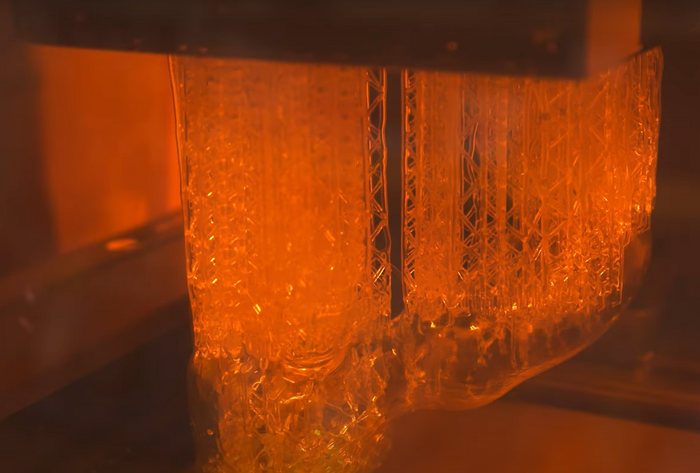It is possible to 3D print an exact replica of a person's heart, obtaining a soft and flexible robotic model capable of contracting like the original: it will help doctors to study the anatomy and functionality of the organ of individual patients, in order to personalize the treatments and choose the most suitable valves and prostheses for the implant, for example to correct diseases such as aortic stenosis.
The result is published in the journal Science Robotics by a group of engineers from the Massachusetts Institute of Technology (MIT) coordinated by Ellen T. Roche.
The first author of the study is Luca Rosalia, a young researcher from Catania who trained between Great Britain,
"All hearts are different," explains Rosalia.
"There are huge variations, especially when patients are sick. The advantage of our system is that we can recreate not only the shape of a patient's heart, but also its function, both in physiology and in disease."
The robotic model is created starting from the images of the organ collected for diagnostic purposes: these are converted into a digital computer model which is then 3D printed using a special polymer-based ink.
A 3D printed robotic heart model that is a replica of a patient's heart (source: Melanie Gonick, MIT)
In this way a soft and flexible shell is obtained which has the same shape as the patient's heart.
The same can also be done for the aorta, the main artery that carries blood from the heart to the rest of the body.
To simulate contraction, the 3D printed heart and aorta are lined with sheaths (similar to blood pressure monitor sleeves) that are connected to a pneumatic system in which air is rhythmically injected to induce contraction.
The constriction can be adjusted to simulate aortic stenosis as well.
According to MIT researchers, in the future the 3D replica of the heart will help doctors choose the best model of artificial valve to implant;
it could also be used in research laboratories and by the biomedical industry as a platform for experimenting with new therapies.

